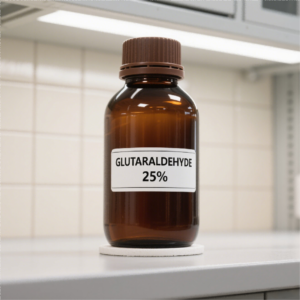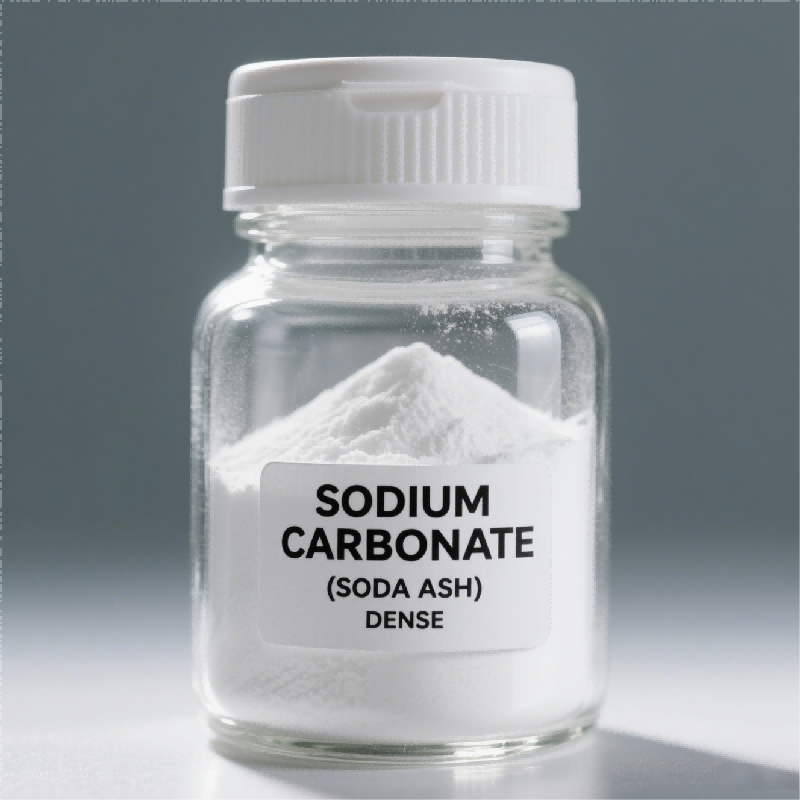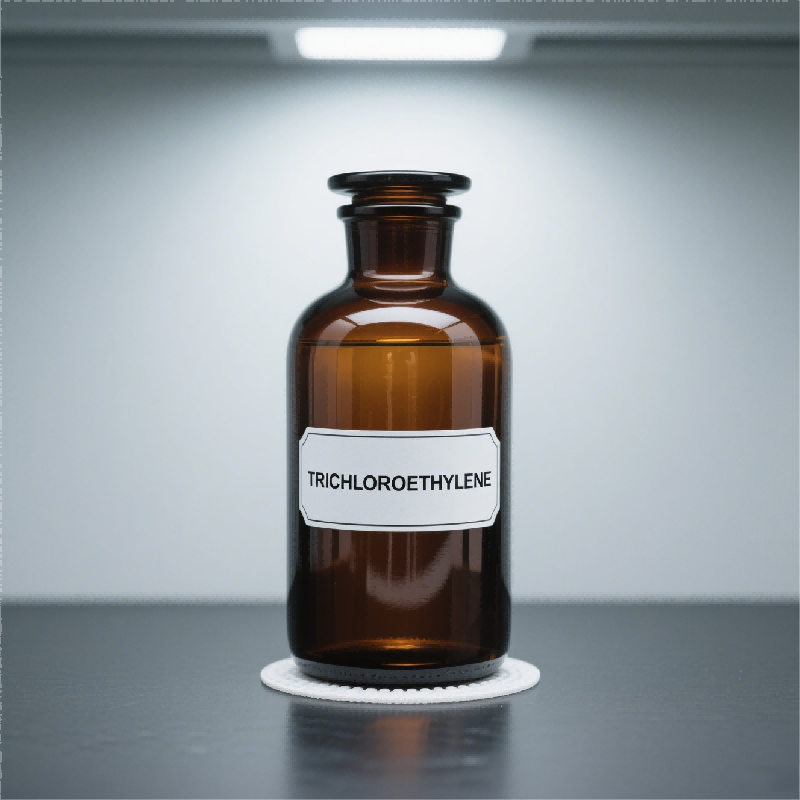What is the Basic Chemical ?
The modern world is built upon chemicals. From the fuel that powers vehicles to the plastics that wrap food and the fertilizers that feed billions, chemicals form the backbone of civilization. At the very heart of this vast industrial network lies a category known as basic chemicals. Often invisible to the public eye yet indispensable to daily life, basic chemicals provide the essential raw materials that fuel countless downstream industries. Without them, the production of pharmaceuticals, construction materials, textiles, electronics, and even clean water would be impossible.
Defining Basic Chemicals
In the simplest terms, basic chemicals are large-volume, low-cost chemical substances produced on a massive industrial scale. They are often derived from raw materials such as natural gas, petroleum, air, water, and minerals. Unlike specialty chemicals or fine chemicals, which are produced in smaller quantities for specific purposes, basic chemicals serve as the fundamental building blocks for numerous industrial processes.
They are sometimes referred to as “commodity chemicals” because they are traded globally, much like oil, steel, or grain. Their value lies not in their final form but in their ability to transform into a wide variety of essential products.
Key characteristics of basic chemicals include:
- High production volumes
- Relatively low unit price
- Broad applicability across industries
- Standardized chemical structures
- Critical role as feedstock for more complex compounds
Categories of Basic Chemicals
Basic chemicals can be divided into three main categories:
1. Petrochemicals
Petrochemicals are chemicals derived from petroleum and natural gas. They serve as the foundation for synthetic materials, plastics, and fuels. Key examples include:
- Ethylene – used to make polyethylene (plastic bags, packaging).
- Propylene – precursor for polypropylene (automotive parts, textiles).
- Benzene – raw material for nylon, synthetic fibers, and detergents.
- Toluen – used in solvents and explosives.
- Xylenes – crucial for polyester fibers and resins.
2. Inorganic Chemicals
These are mineral-based chemicals essential for agriculture, construction, and manufacturing. Examples include:
- Sulfuric Acid – the most widely produced chemical, used in fertilizers, batteries, and mineral processing.
- Chlorine – essential for water purification, PVC production, and disinfectants.
- Sodium Hydroxide (Caustic Soda) – used in paper, soap, and textiles.
- Ammonia – a key ingredient in fertilizers and explosives.
- Hydrogen – used in refining, fuel cells, and chemical synthesis.
3. Polymers
Polymers, though technically downstream products, are often grouped as basic chemicals due to their massive scale and role as materials. Examples include:
- Polyethylene (PE) – packaging films, bottles, containers.
- Polypropylene (PP) – automotive parts, household goods.
- Polyvinyl Chloride (PVC) – pipes, cables, medical devices.
- Polystyrene (PS) – insulation, packaging materials.

Importance of Basic Chemicals
The role of basic chemicals in the global economy cannot be overstated. They:
- Enable Industrial Production – Nearly every sector, from agriculture to aerospace, depends on them.
- Drive Economic Growth – Chemical exports generate billions in revenue for producing nations.
- Ensure Food Security – Fertilizer chemicals such as ammonia and phosphates feed billions.
- Support Modern Infrastructure – Plastics, resins, and composites stem from petrochemicals.
- Advance Healthcare – Pharmaceuticals begin with basic chemical precursors.
In essence, without basic chemicals, modern society as we know it would collapse.
Examples of Basic Chemicals in Daily Life
To illustrate their relevance, here are everyday examples:
- Plastic packaging for food comes from ethylene and propylene.
- Detergents and soaps rely on sodium hydroxide and sulfuric acid.
- Fertilizers that grow crops are made with ammonia and phosphates.
- Electronics use plastics, resins, and specialty derivatives of benzene and toluene.
- Water treatment employs chlorine and aluminum sulfate.
Thus, basic chemicals touch every home, meal, and workplace.
Global Production and Market Trends
Production Volumes
The production of basic chemicals occurs on a staggering scale. For instance:
- Global ammonia production exceeds 180 million tons annually.
- Sulfuric acid output is over 270 million tons per year.
- Ethylene alone accounts for more than 200 million tons of production.
These numbers highlight the enormous demand for basic chemicals worldwide.
Market Distribution
Basic chemical production is concentrated in major industrial regions:
- Asia-Pacific (China, India, Japan, South Korea) – the largest producer and consumer.
- North America – especially the U.S., with shale gas driving petrochemical growth.
- Europe – strong in specialty derivatives but still reliant on basic chemicals.
- Middle East – leveraging oil and gas resources for large-scale petrochemicals.
Growth Drivers
- Urbanization and infrastructure projects
- Population growth is driving fertilizer demand
- Expanding consumer goods industry
- Transition to renewable energy requires new chemical processes
Environmental and Sustainability Challenges
While indispensable, basic chemicals raise serious environmental issues:
- Greenhouse Gas Emissions – Ammonia and petrochemical production release large amounts of CO₂.
- Resource Depletion – Dependence on finite fossil fuels.
- Pollution – Wastewater, chemical spills, and air pollutants threaten ecosystems.
- Plastic Waste – Polymers like polyethylene and polystyrene contribute to global plastic pollution.
Pathways to Sustainability
The chemical industry is responding with innovations:
- Green Ammonia – produced using renewable hydrogen.
- Bio-based Chemicals – derived from biomass instead of petroleum.
- Carbon Capture and Utilization – integrating CO₂ into chemical synthesis.
- Recycling Technologies – chemical recycling of plastics back to monomers.
- Energy Efficiency – adoption of electrification and renewable energy in plants.
The Future of Basic Chemicals
The future of basic chemicals will be shaped by:
- Circular Economy Principles – waste reduction and material recovery.
- Digitalization – AI and IoT in optimizing chemical processes.
- Renewable Feedstocks – replacing fossil fuels with biomass or captured carbon.
- Hydrogen Economy – hydrogen as both a feedstock and an energy carrier.
- Regional Shifts – more production in Asia and the Middle East, with sustainability pressures in Europe and North America.
These changes mean the definition of “basic chemical” will evolve, incorporating new raw materials and environmentally friendly processes.
To answer the question, “What is the basic chemical?” — it is the foundation stone of the chemical industry, the set of essential, large-scale compounds that enable modern society. From petrochemicals and inorganic chemicals to polymers, basic chemicals are indispensable to daily life. They support food production, healthcare, infrastructure, energy, and countless consumer goods.
Yet their significance comes with challenges: environmental sustainability, resource constraints, and global demand pressures. The industry must evolve toward greener, circular, and more efficient systems.
In short, basic chemicals are more than commodities. They are the unseen force that holds together the fabric of modern civilization. Understanding their role helps us appreciate not only their industrial value but also the urgent need for innovation to ensure they remain viable for generations to come.



